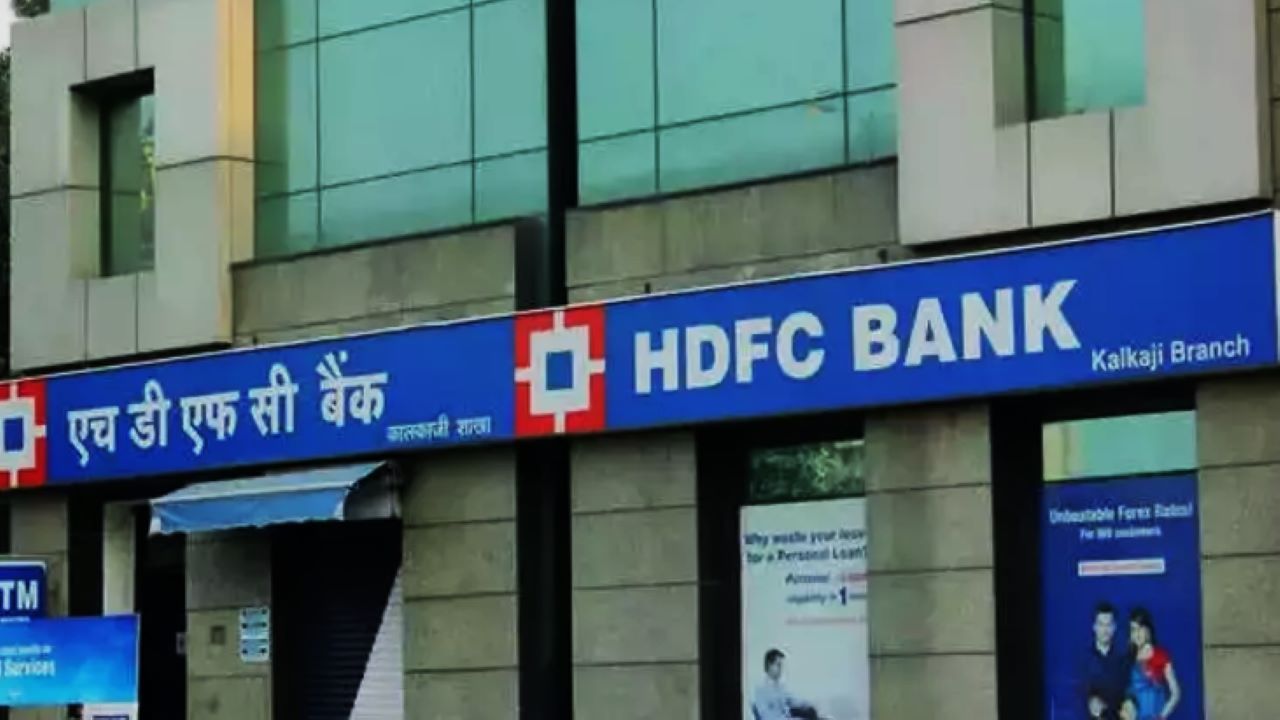In an unexpected turn of events, shares of HDFC Bank, one of India’s leading private sector banks, witnessed a dramatic fall, despite the bank reporting a significant year-on-year increase in net profit for the third quarter of the fiscal year 2024. This development has sent ripples through the financial markets, raising questions and concerns among investors and analysts alike.
Financial Performance Overview
HDFC Bank reported a robust net profit of approximately 34% year-on-year, amounting to Rs 16,373 crore in the third quarter of FY24, surpassing analysts’ forecasts. This notable increase in profit was supported by a strong growth in Net Interest Income (NII), which saw a 24% rise from the previous year, though it fell marginally short of the anticipated figures. The bank’s proactive approach to provisions for potential bad debts also saw an increase, standing at Rs 4,217 crore for the December quarter, up from Rs 2,806 crore a year ago.
Despite these strong indicators, the bank’s stock experienced a nearly 7% drop in early trade, erasing over Rs 76,000 crore in market capitalization. This unexpected decline in share value, contrary to the positive financial results, has led to a heightened interest in understanding the underlying reasons for this market reaction.
Market Reaction and Analysts’ Perspective
The market’s response can be attributed to a complex interplay of factors. Key among these was the substantial contingency provision of Rs 1,200 crore towards an Alternative Investment Fund (AIF). This move, while indicative of the bank’s cautious stance, raised concerns among investors about potential underlying risks.
Brokerages have reacted to these results with a mixed sentiment. Nuvama Institutional Equities downgraded HDFC Bank’s stock, citing concerns over liquidity coverage ratio (LCR), deposit growth, and loan growth. They also projected a cut in earnings by 5-6% for FY25-FY26. Phillip Capital expressed concerns about liquidity challenges affecting deposit mobilization, indicating a possible impact on the bank’s credit growth.
In contrast, Motilal Oswal pointed out that while the bank’s loan growth was healthy, driven by retail and commercial banking, the margin remained largely flat and slightly below expectations. The Asset Quality ratios improved, and the Provision Coverage Ratio (PCR) increased, offering some reassurance about the health of the bank’s loan portfolio.
Operational Challenges and Strategic Moves
One of the critical challenges highlighted was the sustainability of HDFC Bank’s operating profit growth drivers. Analysts raised concerns about the slower-than-forecast expansion of net interest margin (NIM) and the impact of current liquidity conditions on deposit growth and overall profitability.
Furthermore, the bank’s strategic decision to make a significant contingency provision towards an AIF, although a prudent move, was seen as a reflection of potential challenges in the bank’s investment portfolio. This, coupled with the bank’s approach to managing its liquidity and deposit growth, seems to have influenced investor sentiment negatively.
Long-Term Prospects and Industry Outlook
Despite the immediate adverse reaction in the stock market, several analysts remain optimistic about HDFC Bank’s long-term growth potential. Nirmal Bang Institutional Equities, for example, maintained a positive outlook, valuing HDFC Bank with a target price that reflects confidence in its future performance.
This optimism is grounded in the bank’s historical resilience, its strong market position, and its ability to navigate through the complexities of the Indian banking sector. The bank’s balance sheet strength, its growing deposit base, and its expanding loan portfolio, particularly in the retail segment, continue to be its strong suits.
Implications for Investors and the Banking Sector
The recent market reaction to HDFC Bank’s Q3 results serves as a reminder of the complexities inherent in the banking sector. It highlights the need for investors to look beyond immediate financial metrics and consider a range of operational and strategic factors when making investment decisions.
For the banking sector, this development underscores the importance of managing investor expectations and communicating strategic decisions effectively. It also highlights the need for banks to balance growth with risk management, especially in a dynamic and often unpredictable market environment.
Operational and strategic challenges have led to a tempered market response
HDFC Bank’s Q3 results, characterized by strong profit growth but accompanied by a sharp decline in share value, present a nuanced picture of the bank’s current position in the financial market. While the bank continues to demonstrate strong financial fundamentals, operational and strategic challenges have led to a tempered market response. Looking ahead, the bank’s ability to navigate these challenges and adapt to changing market conditions will be crucial in sustaining its growth trajectory and investor confidence.




